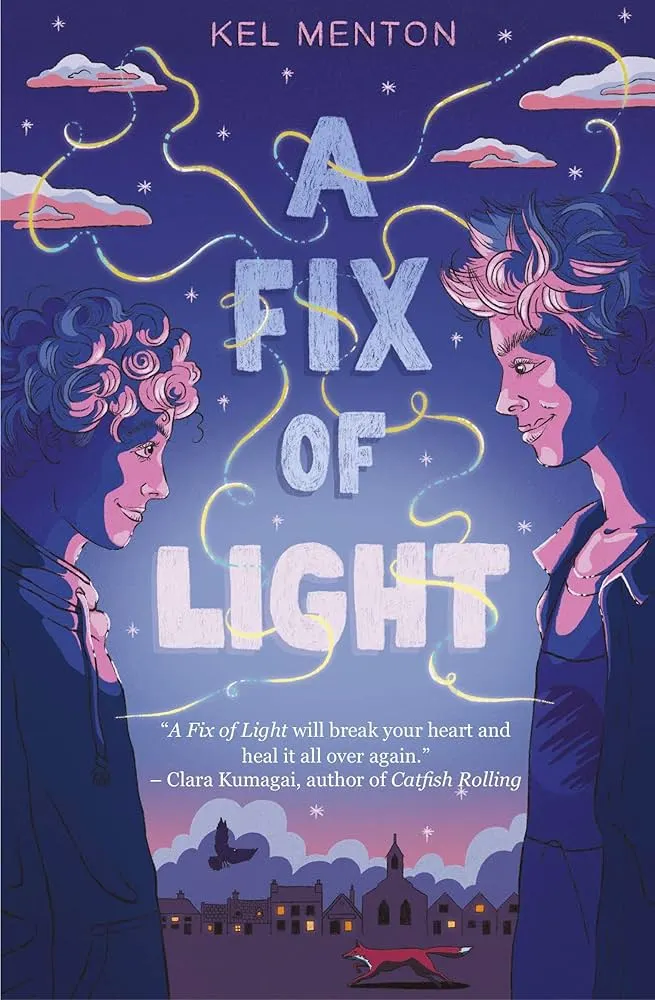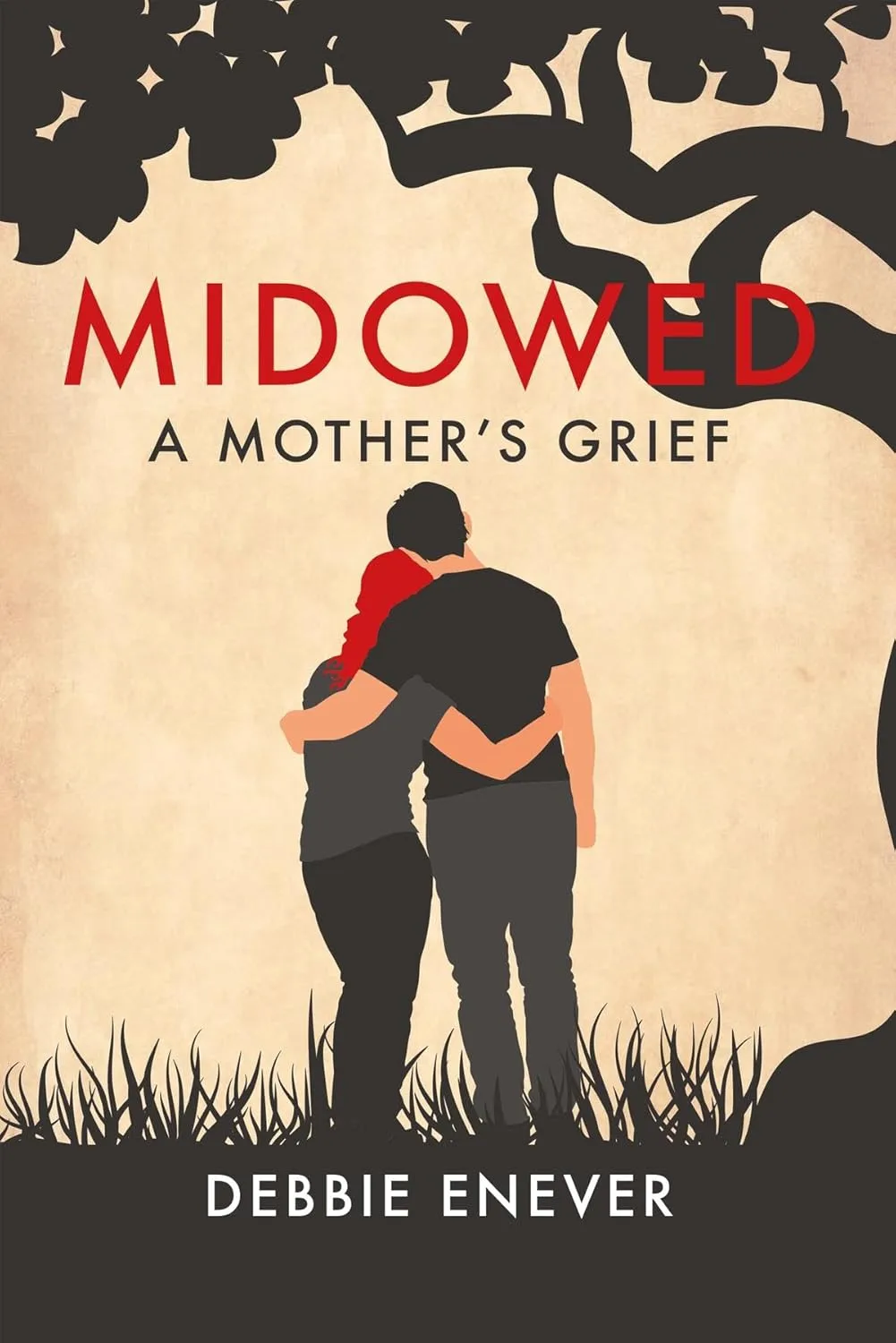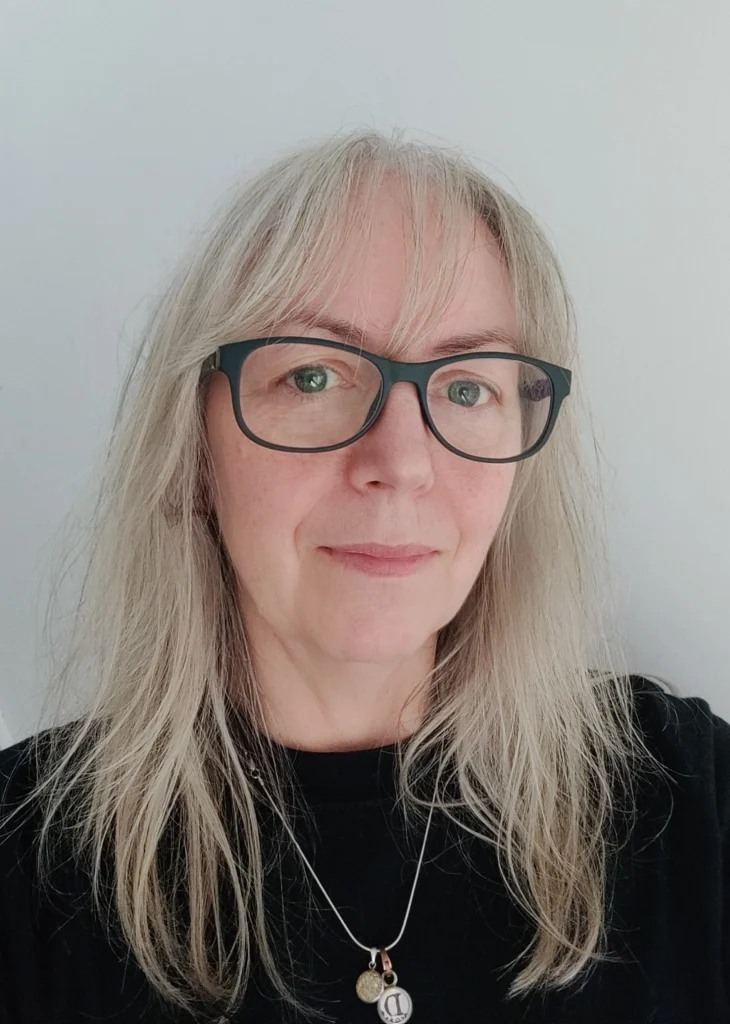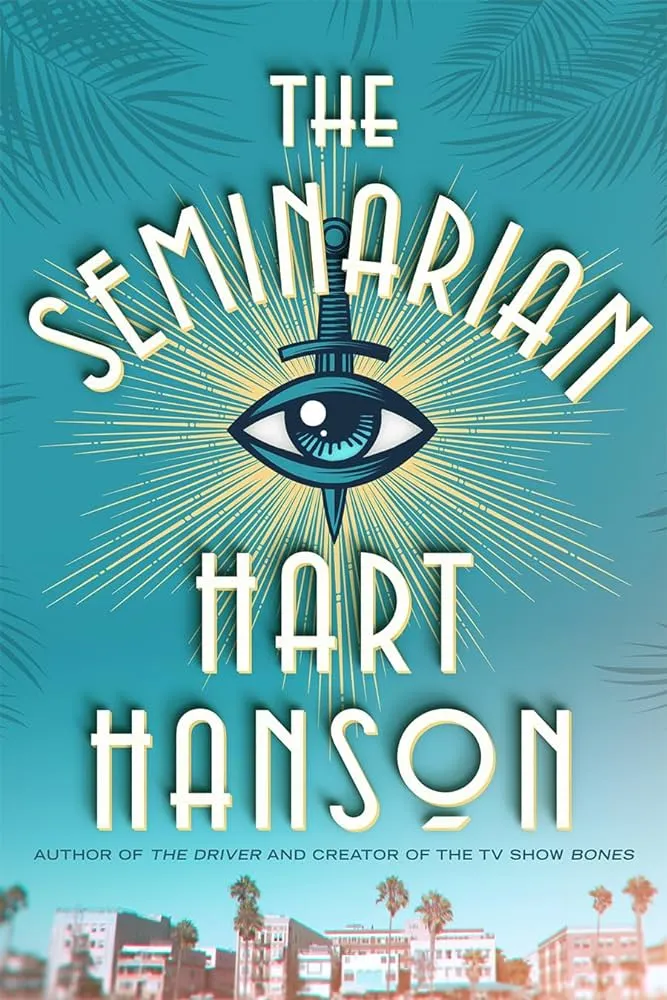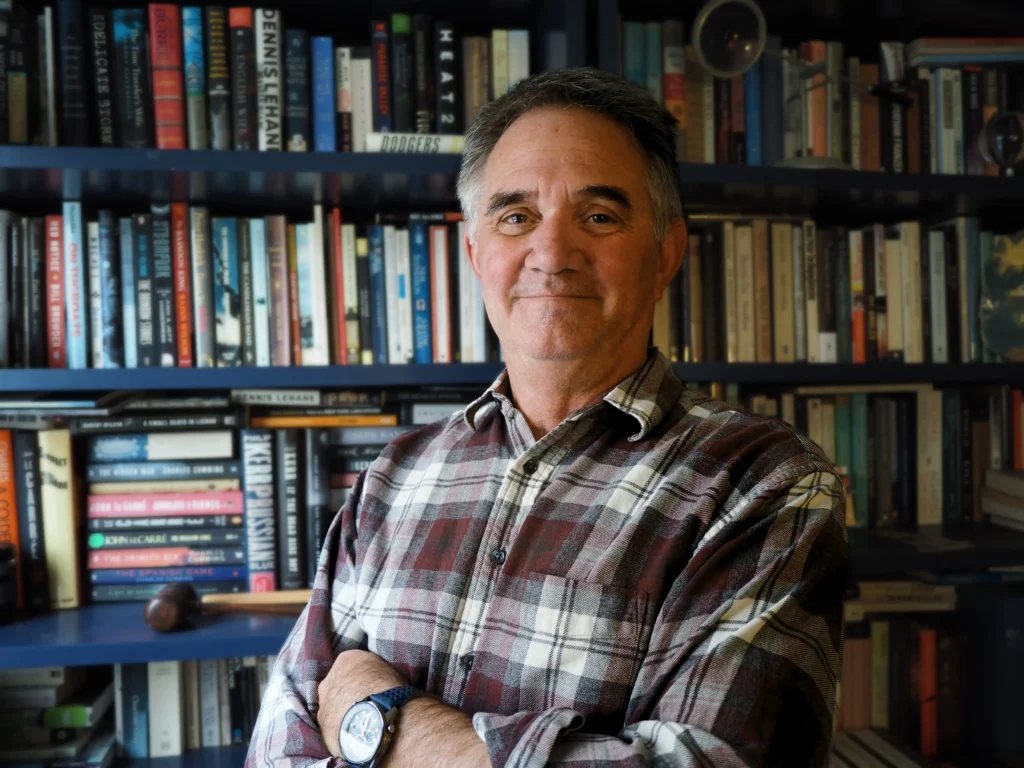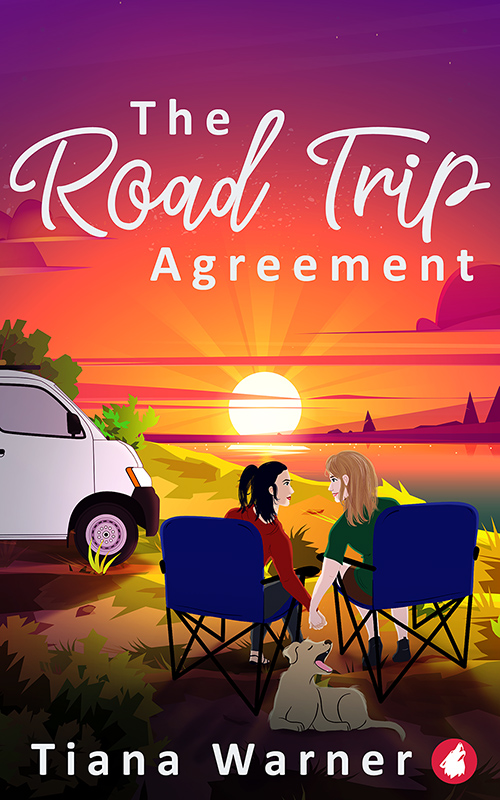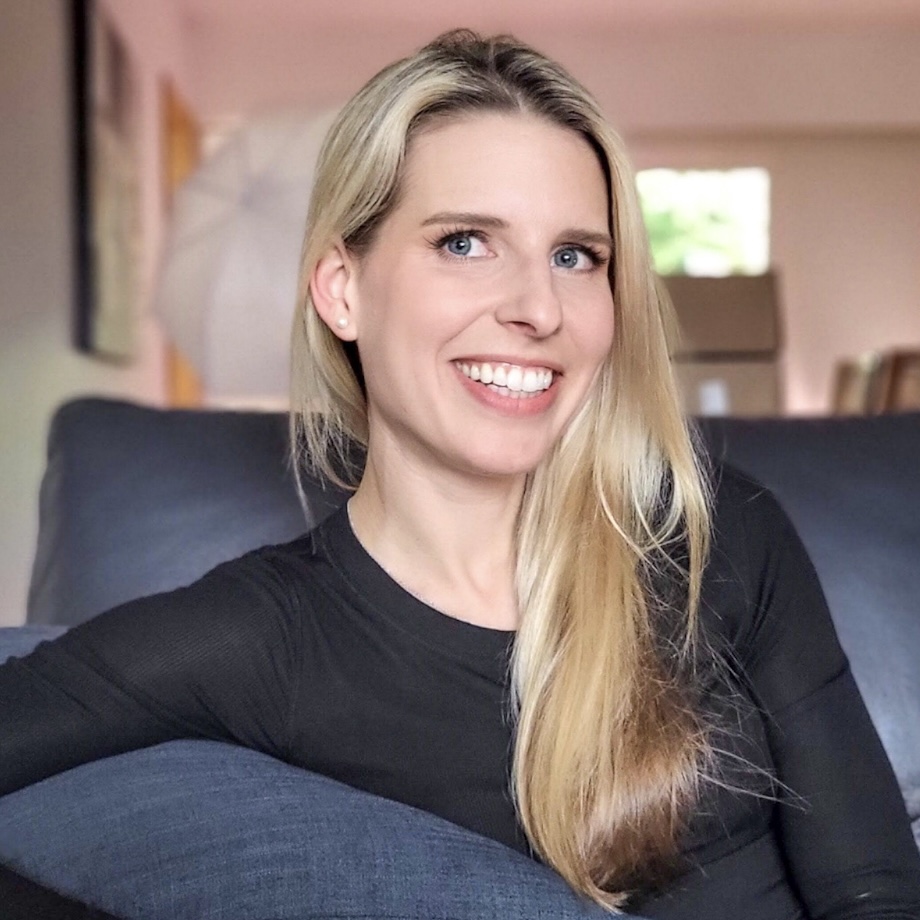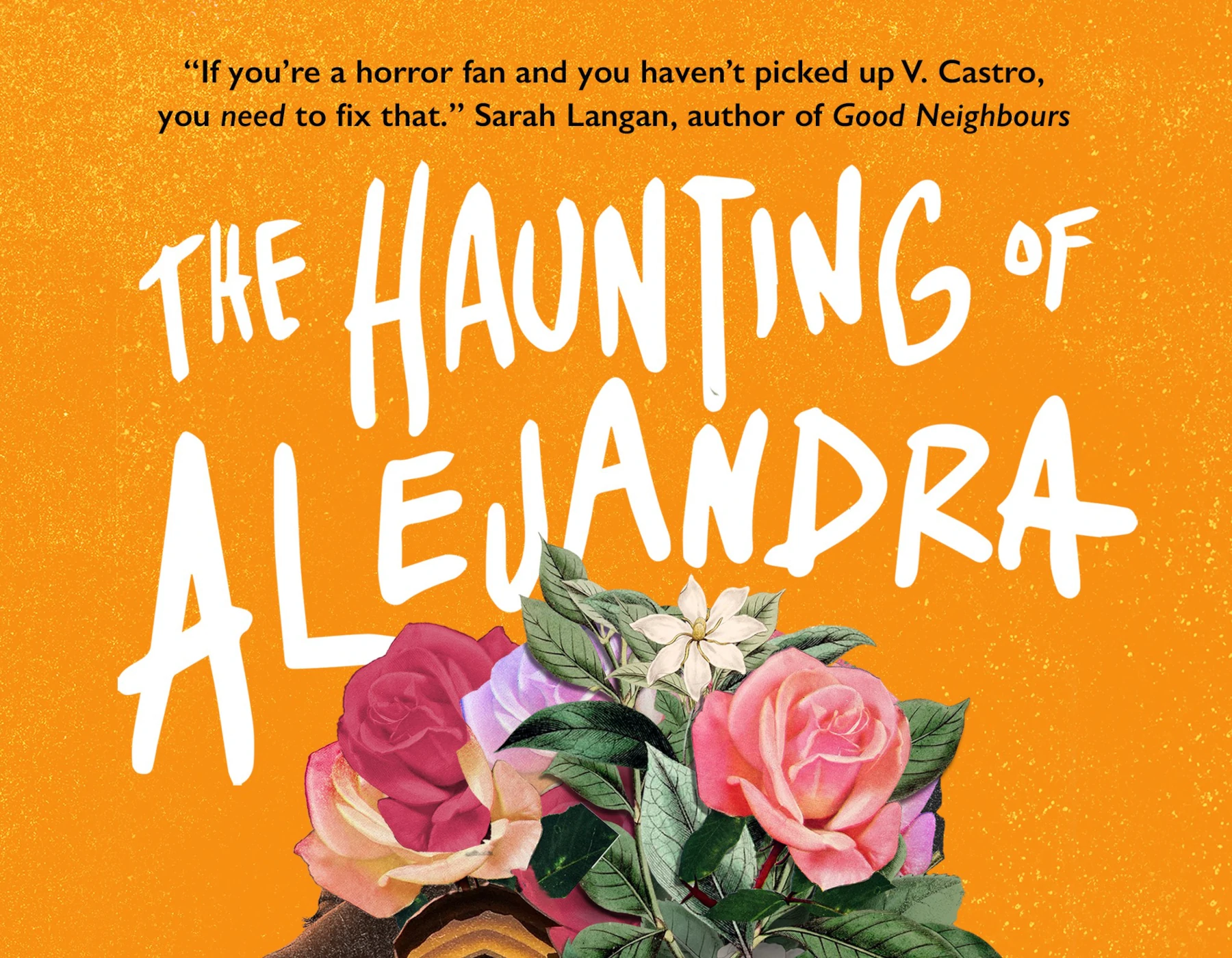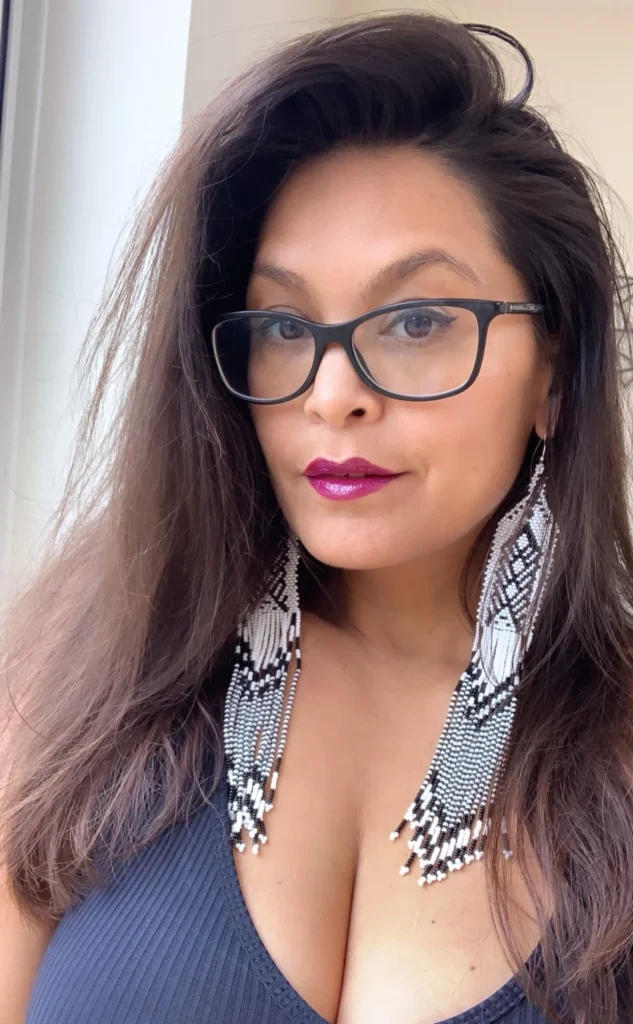Our editor-in-chief, Dani Hedlund, sits down with Hart Hanson, creator of the critically-acclaimed show Bones, to discuss his new book, The Seminarian. Hart and Dani first met when she interviewed him about his debut, The Driver, which Dani has been bananas about for years. She devoured the new book in one caffeine-fueled Sunday, and she’s terribly excited to chat it out with Hart…
Right, Hart, let’s get the most cliché questions out of the way first. What inspired you to write The Seminarian?
I live a few steps from the Venice Boardwalk, which, if you know anything about Venice, is where everything happens. It’s a busy, crazy, diverse, wildly energetic, and bizarre place! When you live here, you can’t help but look at people and wonder what their story is. One day, I was cruising by an empty house I was quite jealous of, and I started to wonder what kind of person would live there and what they would do for a living. That’s what inspired the main character, Xavier Priestly—Priest.
I also made a list of interesting protagonists for television, films, or books. Priest is a combination of two of these protagonist concepts: one was somebody who has a bit of oppositional defiance disorder, and the other was somebody who leaves seminary.
I started to think more about the story through Priest’s character, like who he hangs around and works for. I knew planning a mystery book means I would need to figure out who would be Priest’s “muscle.” I was bored by every kind of “muscle” I came up with until I talked to a stunt person who was so fantastic she inspired the character of Dusty Queen.
As anyone who talks to me knows, I’m a huge fan of your first book. At the time, The Driver was your first long-haul prose piece, and we spent a good chunk of time talking about how different that was from writing for TV and film. How did writing The Seminarian feel different from writing The Driver?
I learned a few important things writing The Driver that I was able to bring to The Seminarian.
What I was most proud of in The Driver is the depth of character. So, when writing The Seminarian, I was inclined to be less worried about diving into subplots that complicate Priest’s character. I took that even further here than in The Driver, and I’m happy with that direction.
I also learned how to tighten plot. Having gone back and read The Driver as it was being pitched for TV adaptation, I felt there were so many weak points in the plot that relied on my urge to direct readers, like “don’t look there—look here instead.” This time, I put a lot of effort into making sure plot details weren’t superfluous. Granted, the plot of The Seminarian is still very adventurous and, hopefully, puts readers into strange and weird places. But it bears greater scrutiny and makes sense when examined from multiple angles.
You did a great job at that! How did you keep every subplot so organized? I’m imagining an old-school detective board with lots of sticky notes and red thread pinned chaotically between them…
Not that far off! One way is by planning everything out, but sometimes, when you get down to writing, different things happen. Writing The Seminarian felt like a constant back and forth between my outline and what my characters actually wanted to do.
After I wrote my first draft, I had the urge to be super hard on myself by examining any potential red herrings and connecting them back to the plot in a significant way. This led to huge changes in character, pacing, and entire movements in the plot. I worked very hard to sift through these plot and character details so that everything made sense after.
One of the things I loved in this book is that there are no uninteresting or throwaway characters. Every side character is so fascinating they deserve their own book. How did you make them all so unique?
I learned working in TV for so many years that to have two-dimensional characters on screen is a problem in many ways. If your central characters are the only interesting characters with interesting stories, you are going to kill your leads because they have to be in every single scene!
At risk of revealing something vulnerable about myself, I feel I’m very much a solid secondary character in other people’s lives. I’m surrounded by people who are more interesting, fun, and clever. So, as a fellow secondary character, I feel the only thing I can do is give other secondary characters their moment in the sun.
It’s so important to have interesting secondary characters because of the effect they can have on your main character’s personalization and growth. A good thing to ask yourself when writing and editing is: does the story really need this character?
Something that stood out to me is how these characters aren’t just different in their build and backstories—they also have such different language. It’s so charming! How did you keep each character’s voice so distinct and recognizable?
This might be due to my TV training, but it’s ineffective to rely on characterization through parentheticals in dialogue, such as “ironically said” or “angrily asked.” For one thing, actors don’t like that—they need space to do their thing. Also, emotion should be suggested enough by the dialogue alone. The book-equivalent of this is if you have to keep clarifying who is speaking, maybe your characters aren’t speaking uniquely.
I like to go to the Venice Boardwalk or a local cafe and just sit and listen to the fisherman or other locals talk. I’m not very recognizable, so when I walk around with a camera in my hand, people assume I’m a tourist. I can sit and listen to people talk and pick up on their unique dialects, slang, and other quirks.
If you had to greenlight a series based on one of the side characters of this book, who would you make the main character in a different series?
Well, the smart answer would be Cody Fiso running a big private detective agency in Hollywood! That would be a very solid series.
Another fun option would be a series around Baz—a lawyer who tries to do the right thing and is surrounded by people who try to help her by doing the wrong thing.
Maybe CBS could make a series out of the two social workers giving air high-fives and making inside jokes that no one else understands!
When I tell everyone why I’m such a huge fan of The Driver, I commend how you tackle enormous existential questions through a fun romp. Still, I wasn’t ready for The Seminarian to tackle the existential romp of religion and the role God plays in the world so gracefully, but you did it! Why was that the big subject you wanted to tackle?
The minute you have an ex-seminarian as your main character, these questions are bound to come up. I read somewhere in passing that if you went to the Vatican and the people visiting were incredibly honest with you, most of them would say they no longer believe in the tenets of Catholicism but firmly believe we should live as though they are true. Priest has all the structure and mindset of a religious person, even after rejecting religion.
As for the larger existentialist questions in the narrative, I’m fascinated with religion and envious of everyone who is religious. In the years we’ve been together, I’ve told my wife many times I would love to be religious—I would love it. But you can’t make yourself believe something. If I can’t believe in religion, at least I can respectfully poke around in it in my fiction.
While writing The Seminarian, did anything elucidate itself about religion and life to you? Or did you come out with the exact same feelings?
I came out the same except I accepted there are great mysteries in life. I do not accept anyone knows the answers to them. One of the people I have existentialist conversations with is my good friend Rainn Wilson, who is something of a spiritual seeker. I remember saying to him once, “My poodle knows as much about what happens after we die as the Pope does.” People have theories, but not answers.
I think before the book was written, I understood certain characters’ decisions less. The shorter answer to your question is: I think when you write about people and these big topics, maybe you get a little less judgmental. Maybe.
Like 99% of novels on the shelves—and shows on the telly—we’re used to having a central romance, so I was shocked to realize, when I finished the book, that I didn’t notice there’s no central romance here! Why the decision to focus on something else as Priest’s motivation?
That’s a great question! In The Seminarian, the biggest question Priest has about romance is a chicken-or-the-egg situation: do I go out and get love, or do I behave in a way which allows love to come? It’s a bit like religion: do I have faith, or do I behave as though I have faith and the faith will follow?
I knew that Priest’s emotional story was going to revolve around the nature of friendship and the nature of parenthood. If I had Priest pursue romance, that would have taken away from the central thrust of these two themes.
I was also fascinated by the notion that perhaps he already met the woman he should have been with, but for all the reasons elaborated upon in the book, she moved on. He mentions all his relationships were with women who eventually decided they needed to be with someone that they’d want to spend the rest of their life with. So, Priest has bigger things to deal with than his love life, and he’s had enough failures with romance that I didn’t want or need to see another failure—and I definitely don’t think he’s ready to succeed. Perhaps if there’s a sequel, I’d like to explore what happens next time he runs into someone he’d be interested in.
Despite all this, this book, as a whole, is actually quite sexy! There’s so much sexual chemistry going on in the background that it’s absolutely ludicrous. Was this decision intentional to compensate for the lack of Priest’s romantic journey, or did it just feel natural for your other characters?
That is so delightful to hear! When you write a book, there’s a balancing act of meeting the elements of genre and taking risks. Although you have to satisfy your audience’s expectations, you can challenge the way they think about those expectations. The risks I took with The Seminarian being a detective story is not including a femme fatale and having absolutely no attraction between Dusty and Priest—they are really, really, really great friends. I would love to explore how their dynamic develops in a series!
Regarding the other characters, I think chemistry is a necessary element for stories. If I’m reading or watching something, and a character is not in a sexual or romantic relationship with someone, I want to know why.
Speaking of your previous work, you have so many different projects going on: You write books, you work on TV shows, you’re co-writing, you’re constantly travelling, and you have grandkids! How do you balance everything?
I’m really lucky to be one of those people whose job is to write! I treat writing as a workday—I put in my hours. Sometimes I look at other writers and think, “Oh my god, how prolific are they?” when I’m split between television and books (and yes, grandchildren). But it’s a rare day when I can’t get in six hours of writing. It’s my job—I love it, but it’s my job.
You left The Seminarian on such a huge cliffhanger that I’m going to be heartbroken if it isn’t turned into a series! Since everyone is going to desperately want a follow-up, can you tell us about any plans for future installments?
I have a very big plan. I have a bin full of ideas for characters, situations, and plots for this universe. Some of these ideas fit better with certain protagonists than others, but I think it would be shitty of me to not fulfill the cliffhanger element that I set up at the end of The Seminarian in another book. I do know where Priest is going to be in the beginning of the next book, and I have some ideas for which cases he might find himself embroiled in.
